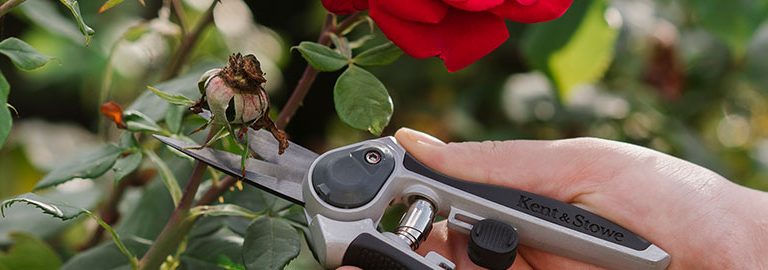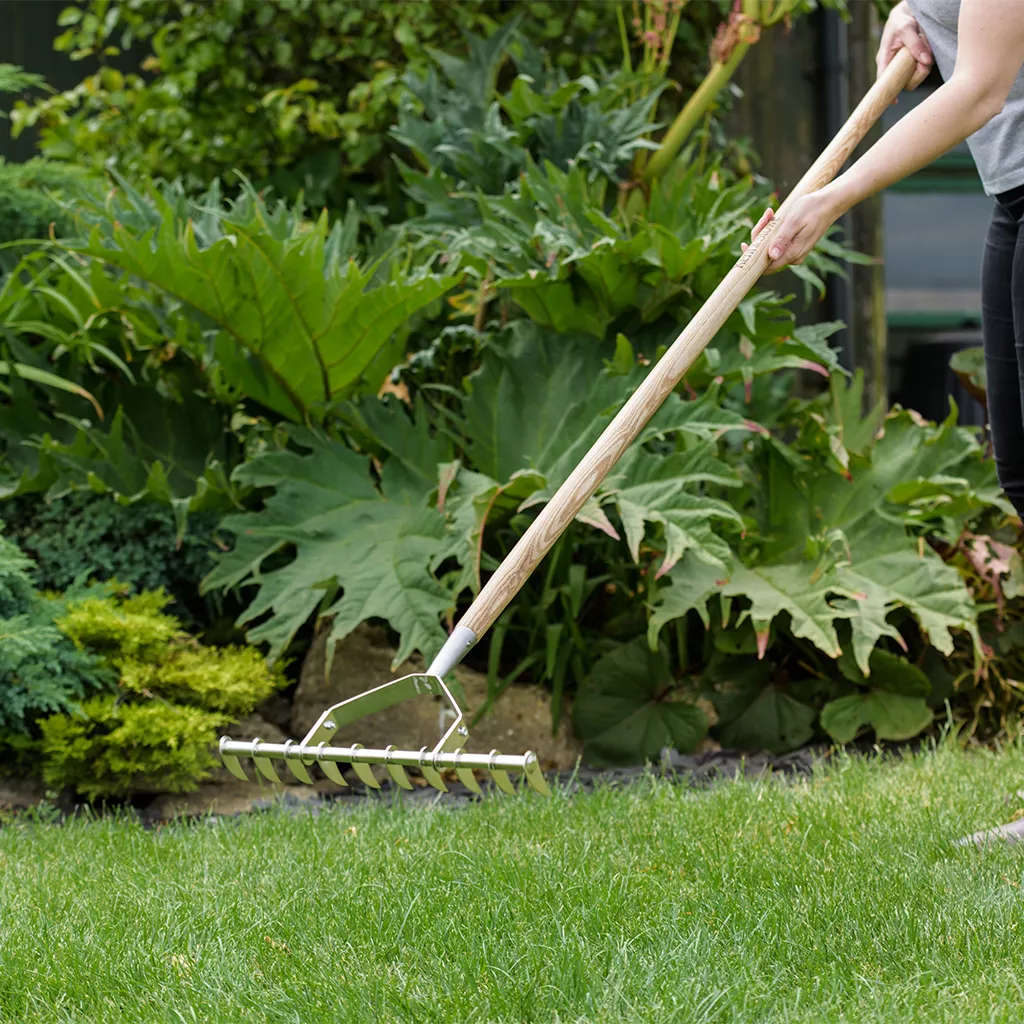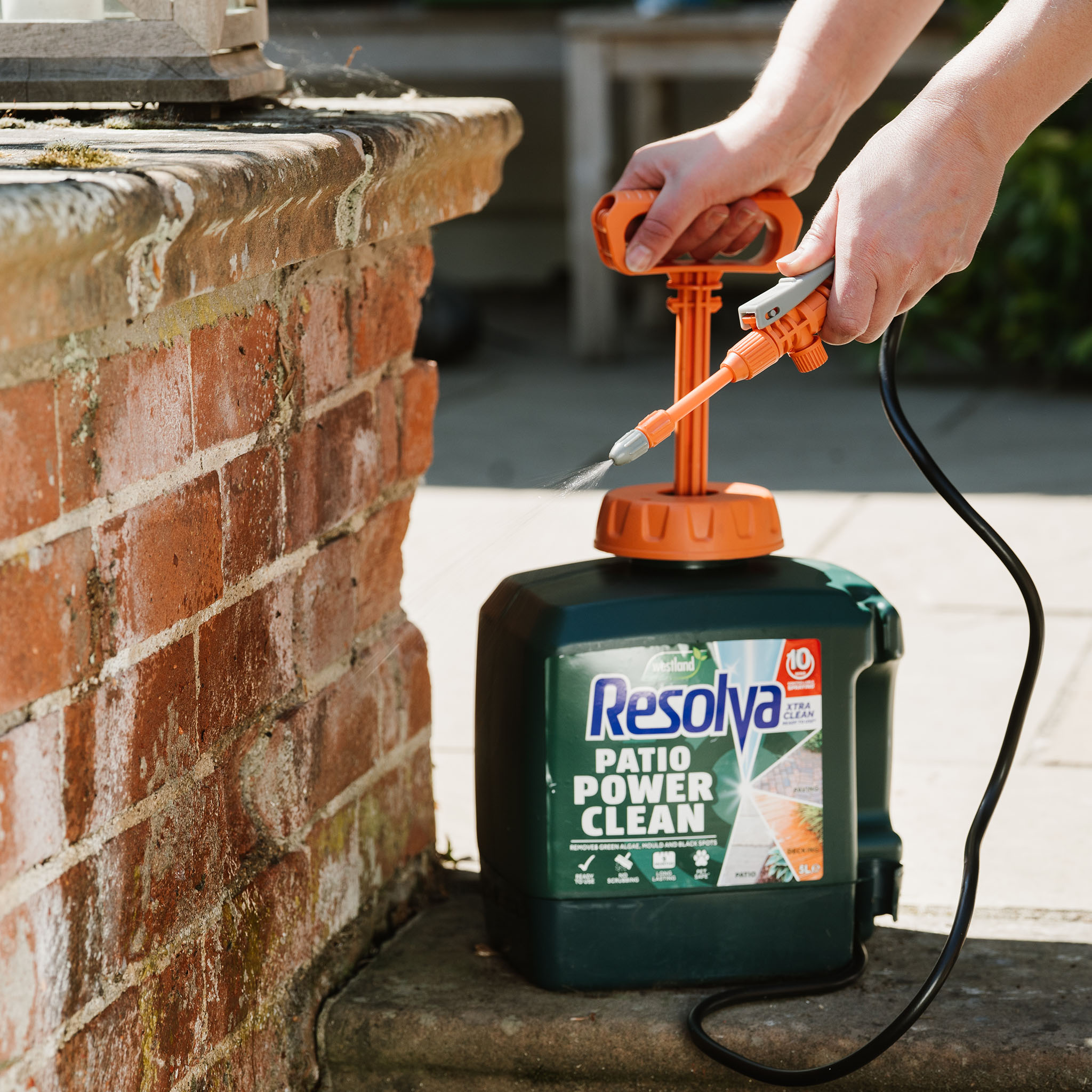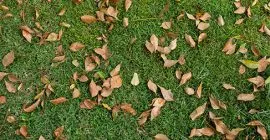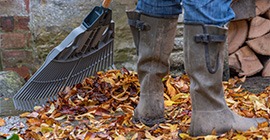As the seasons shift and summer starts to fade, September is the ideal time to prepare your garden for the cooler months ahead. With soil still warm and conditions often ideal for planting and tidying, there’s plenty to do to keep your garden looking great and thriving into autumn. Here are the essential gardening jobs to tackle this month.
Essential gardening checklist for September
- Plant spring flowering bulbs
- Feed and revive tired lawns
- Sow new lawns
- Replenish the soil
- Deadhead roses
- Divide and plant perennials
- Clean outdoor spaces
- Cut back and tidy
- Take care of the birds
Plant spring flowering bulbs
September is the perfect time to plant spring bulbs such as daffodils, crocus, and hyacinths. Choose a well-drained spot and plant up with Westland Bulb Planting & Potting Mix to give bulbs the best start. This mix provides the perfect environment for root growth.

Plant in drifts for natural impact, and don’t forget pots too, which are ideal for brightening patios and doorways next spring.
Don’t forget your bulb planter! Bulb planting tools are designed to take the hassle out of planting, making the process faster, easier, and more accurate. Unlike standard trowels or spades, they create clean, uniform holes at just the right depth, giving your bulbs the best chance for even flowering and strong, healthy growth.
Below are some of the bulbs we suggest planting for different spring flowers;
Early spring colour
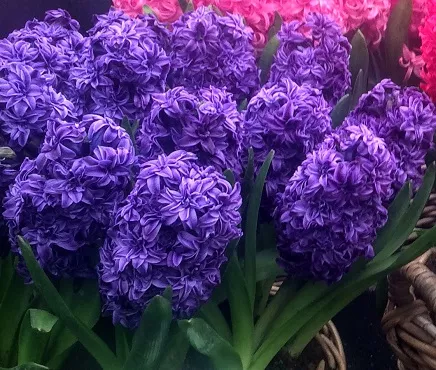
Snowdrops
Crocus
Anemone
Muscari (Grape Hyacinth)
Greigii Tulips
Fosteriana Tulips
Mini daffodils
Hyancinths
Mid-Spring Colour
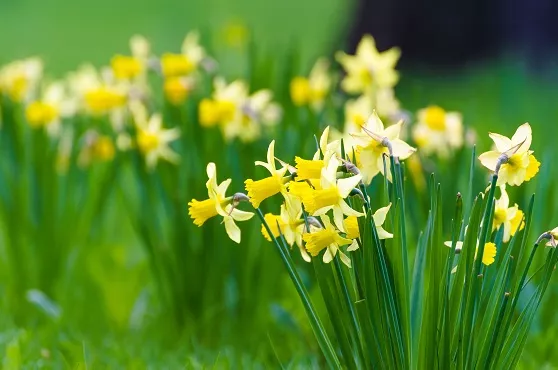
Narcissi (Daffodil)
Mid-season Tulips
Double daffodils
Fritillaries and Fritillaries Imperialis (Snake’s head & Crown imperial)
Late Spring Colour
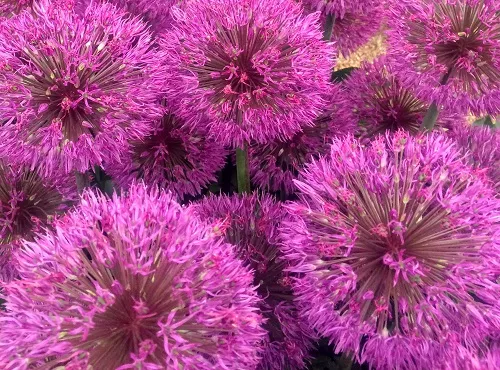
Late tulips (long stemmed)
Lili flowering tulips (Fluted Tulips)
Lilium (Lilies)
Iris x Hollandica (Dutch iris)
Allium Giganteum (Giant Onion)
Feed and revive tired lawns – The best spring lawns start in autumn
Remove moss and aerate
Apply an Autumn lawn treatment
After a summer of wear and tear, your lawn will benefit from a good autumn feed. Apply a product such as Aftercut All In One Autumn to help strengthen and prepare your lawn for winter. This feed will kill the moss, creating less competition and a healthier, stronger lawn. The Potassium will help to move the energy to the roots for essential storage over the winter months, and the Nitrogen will green up your lawn whilst avoiding excessive growth before winter.
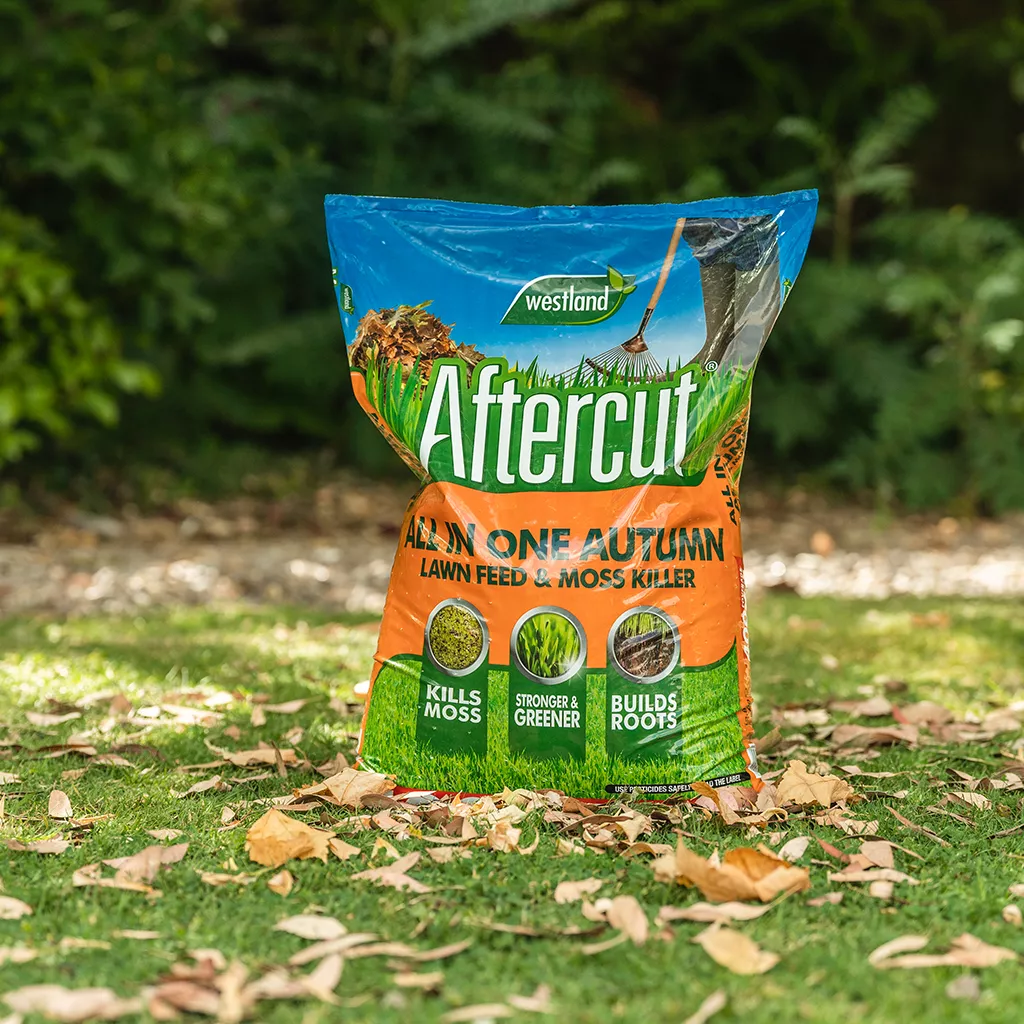
Now is also a great time to repair bare patches and overseed any worn areas.
Sow a New Lawn
Autumn, particularly September, is one of the best times to sow a new lawn. The soil is still warm from summer, which encourages fast seed germination, while increased rainfall helps keep the ground consistently moist, ideal conditions for young grass to establish.
Choose a quality grass seed suitable for your needs, whether that’s hardwearing for family use or a finer ornamental lawn. We recommend Gro-Sure Smart Seed Fast Start. As soil temperatures begin to drop in September, many standard grass seeds struggle to establish, but Fast Start’s unique coating technology helps it grow in lower temperatures, making it ideal for the unpredictable autumn climate. The soil is still warm from summer, and autumn showers help keep moisture levels consistent. Perfect for seed establishment. By sowing in autumn, you give the new lawn time to root deeply before winter, ensuring a stronger, thicker lawn come spring. Depending on the weather, you can sow up to mid-October.
Watch our video on How To Sow a New Lawn or read our step-by-step guide here.
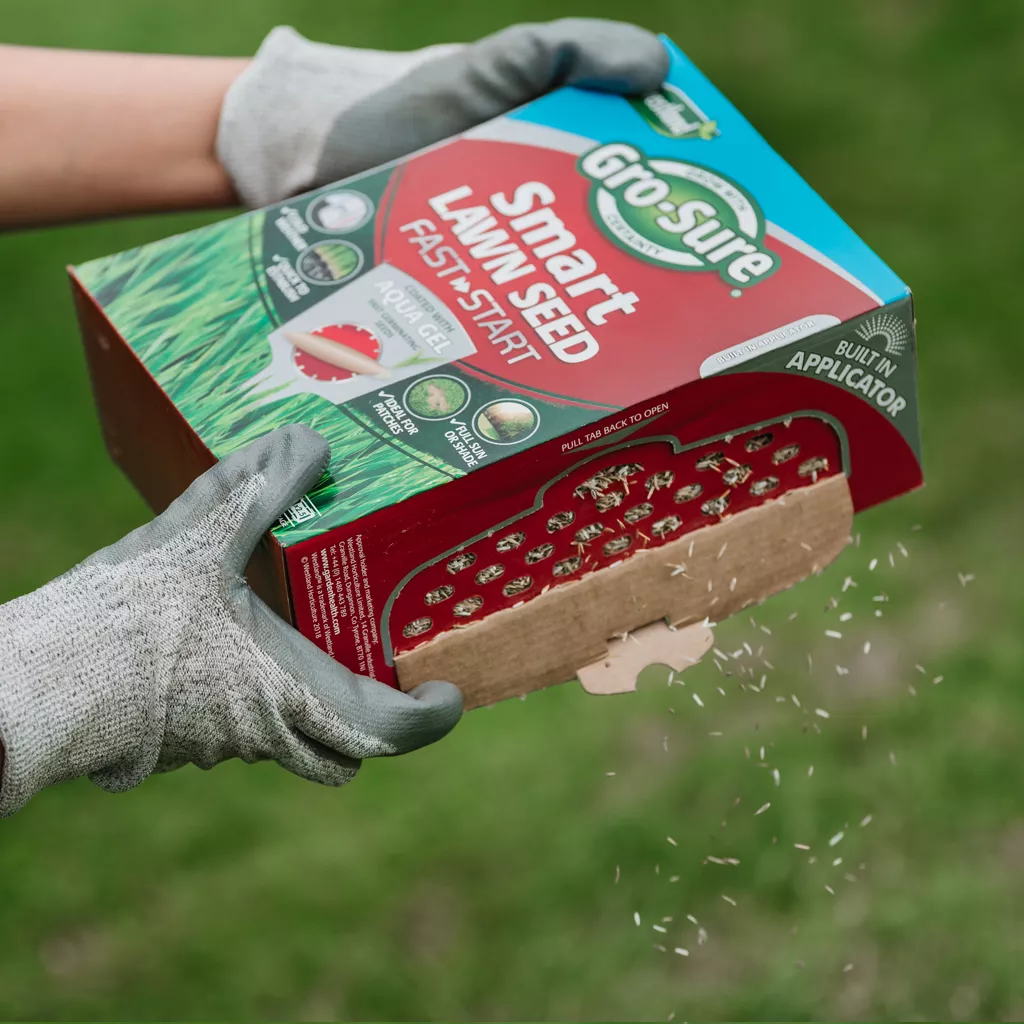
Replenish soil
Replenishing your soil in September is an important part of end-of-season garden care. After a busy growing season, the soil can become depleted of nutrients and structure, especially in beds and borders where plants have been actively feeding. Adding barks or mulches, chicken manure pellets, or soil improvers helps restore fertility, improve drainage and structure, and prepare your garden for the colder months ahead. September is an ideal time because the soil is still warm, encouraging microbial activity and allowing nutrients to break down and integrate into the soil. This sets the stage for healthier growth in spring and ensures your garden beds remain productive year after year.
Barks and Mulches
-
Purpose: Use as a protective top layer in beds and borders. It is especially useful around shrubs, perennials, and trees
-
Benefits: Suppress weeds, reduce moisture loss, insulate the soil, and slowly break down over time to add some organic matter
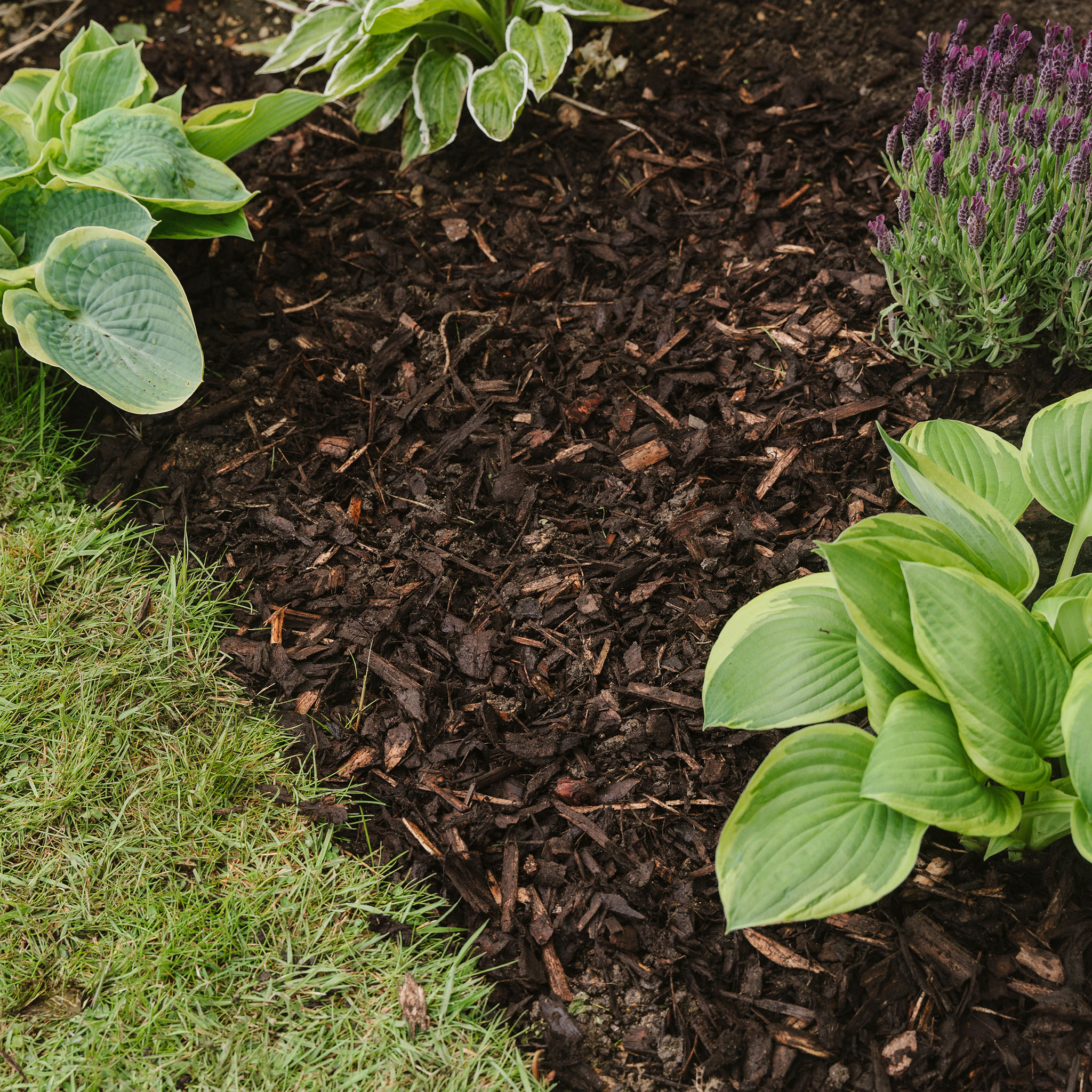
Chicken Manure Pellets
-
Purpose: A nutrient-rich organic fertiliser to enrich and condition soils. Can be used all around the garden for planting and feeding established plants
-
Benefits: High in nitrogen and great for boosting fertility. It encourages strong plant growth and improves microbial activity
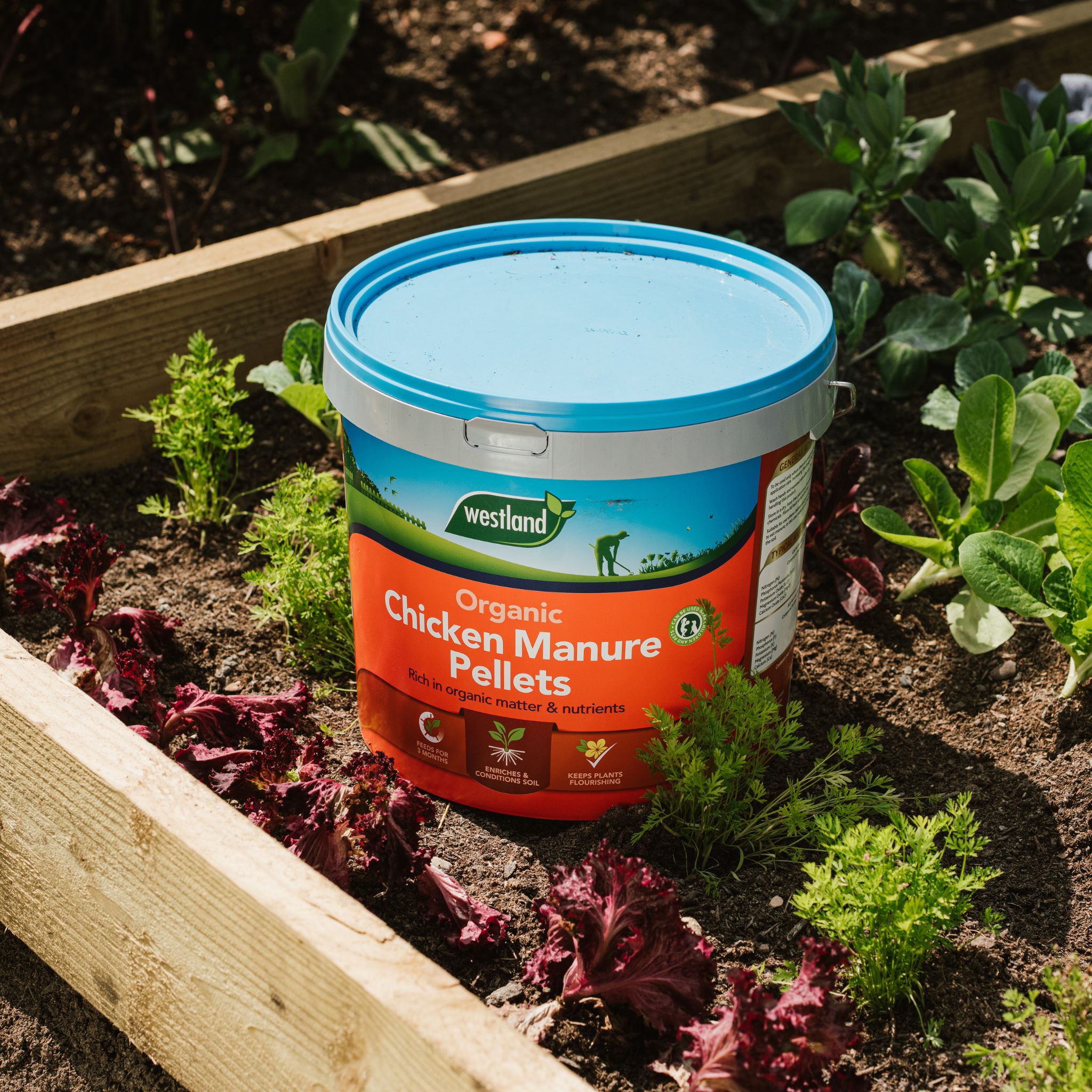
Soil Improver
-
Purpose: Specifically designed to enhance soil structure and nutrient content in flower beds, borders, or before sowing or planting
-
Benefits: Often a blend of composted organic materials that improve drainage, aeration, and moisture retention while adding nutrients
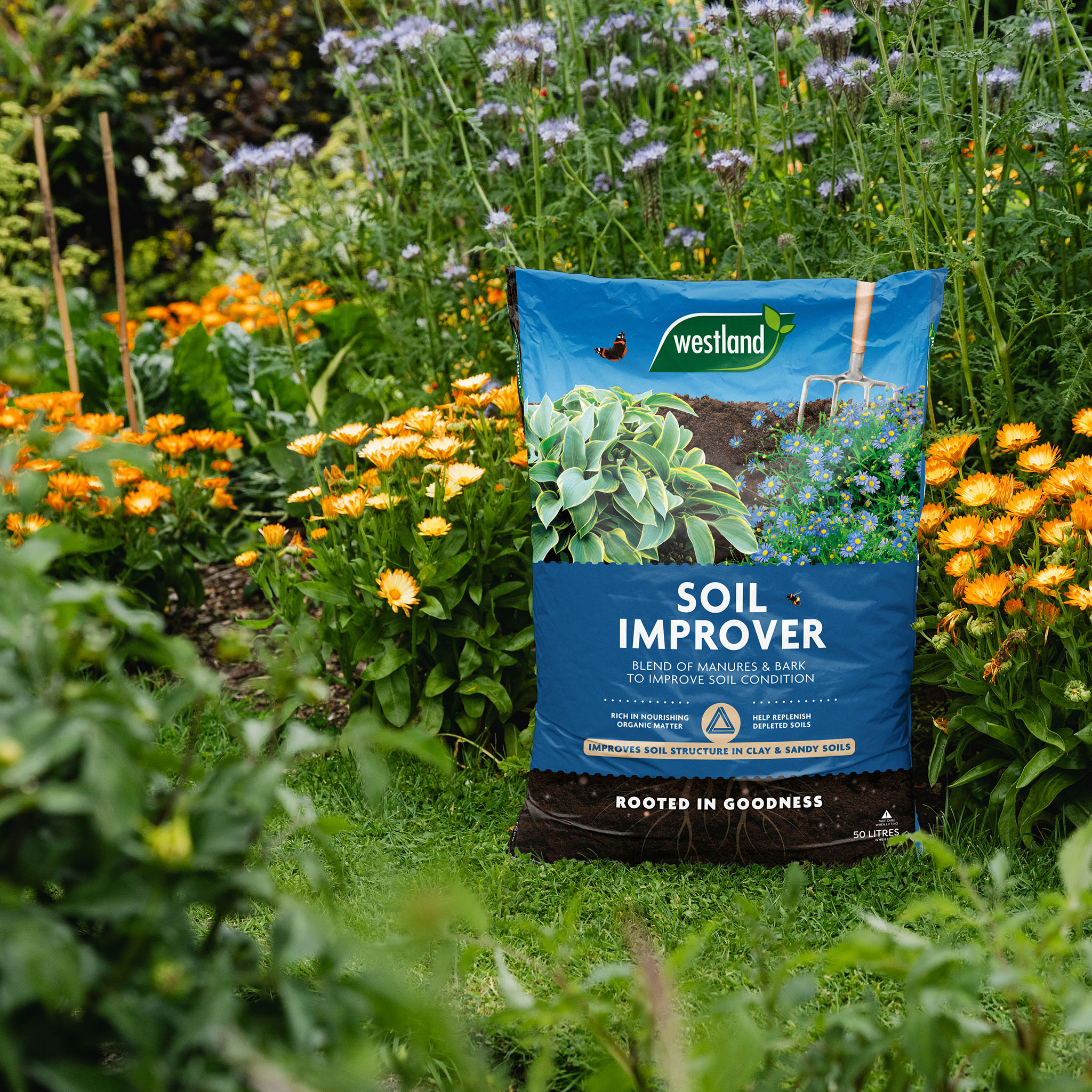
Prune back roses
Earlier in the year we pruned our floribunda, hybrid tea and climbing roses and now is time to tackle the rambling rose varieties such as the “Dorothy Perkins”, “Minnehaha” and “Hiawatha” sadly not as common as they once where as many of these rambling varieties can suffer from mildew but if you have one in your garden they should be pruned as soon as flowering has finished, cutting each flowering branch back to ground level and training in the strong new shoots from the base of the plants. Use a sharp pair of snips or secateurs.
If rose leaves have developed black spot in the late summer, it’s worth taking time to remove all affected leaves, including those that have already fallen. This will stop spores from overwintering and should help prevent infection of next year’s growth. Do not put diseased leaves on your compost heap.
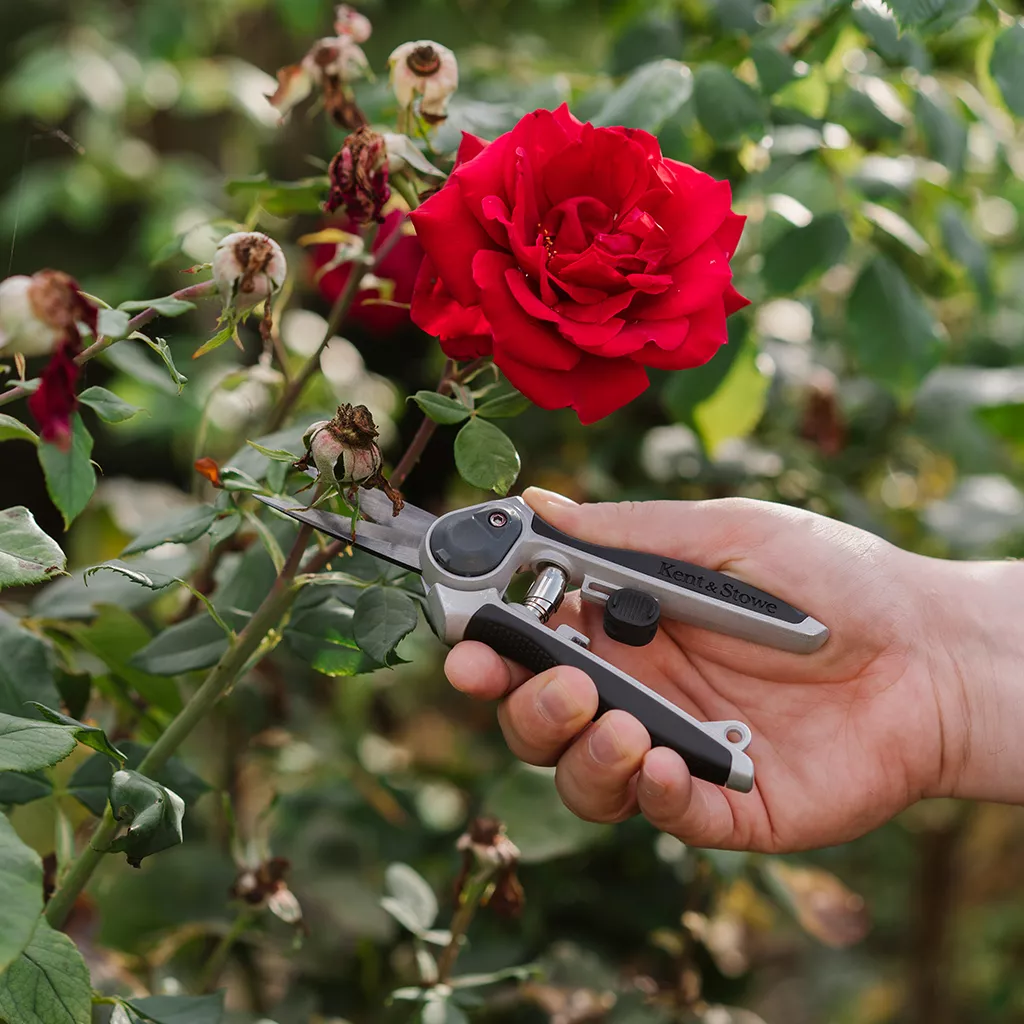
Divide perennials and plant shrubs

